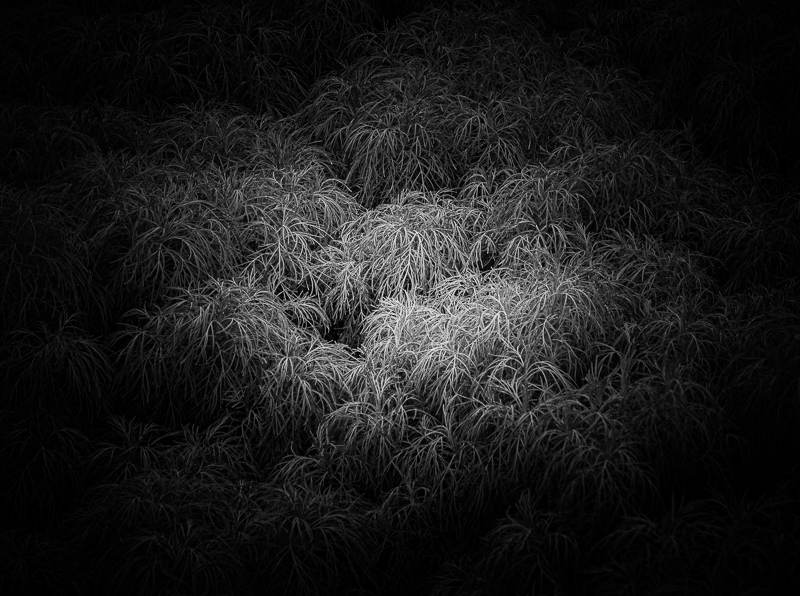Every Picture Is a Compromise
Lessons from the Also-rans
Most photography websites show the photographer's very best work. Wonderful. But that's not the full story of a creative life. If we want to learn, we'd better pay attention to the images that aren't "greatest hits" and see what lessons they have to offer. Every picture is a compromise — the sum of its parts, optical, technical, visual, emotional, and even cosmic – well, maybe not cosmic, but sometimes spiritual. Success on all fronts is rare. It's ok to learn from those that are not our best.
This is a series about my also-rans, some of which I've been able to improve at bit (i.e., "best effort"), none of which I would consider my best. With each there are lessons worth sharing, so I will.

Previous image | Next image |
Original digital capture

Composition via Isolation
Many photographers think geometrically about composition — for example, rule of thirds or leading lines. One of the most powerful compositional ideas is isolation. A common strategy is to use light to isolate a portion of the image against a background. Sometimes this is known as "layering." This week includes examples of this powerful compositional tool.
What I saw that I liked:
This is from the Longwood Botanical Garden in Pennsylvania.
What I don't like in the picture:
The straight image above is a more realistic representation of the plant itself. I'm always more interested in feelings rather than accuracy.
What I learned:
The heavily vignetted example at left is a technique I first saw in the work of the late Jack Curran. I love this aesthetic and its ability to isolate the important element from its background. Some images need context, and others (like this one) are best when the context is completely removed. Obviously, this sense of isolation is entirely fictional and based on aggressive processing. Because the result is so heavily manipulated, I wouldn't use such an image in a court of law, but I would hang it above the fireplace. |
|


